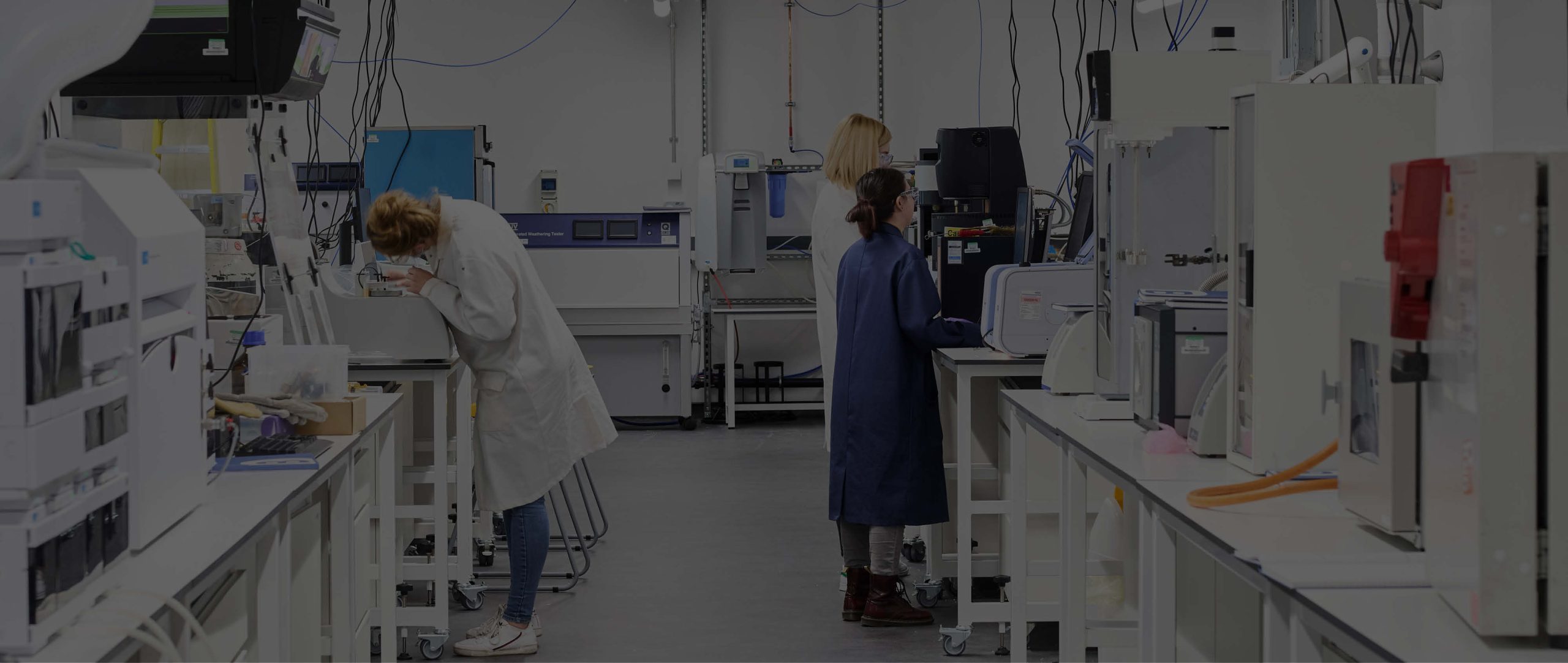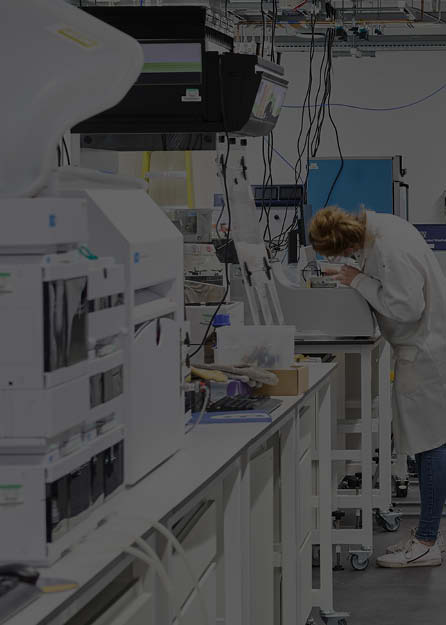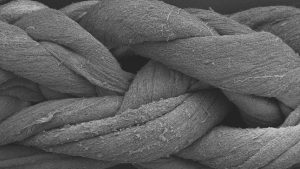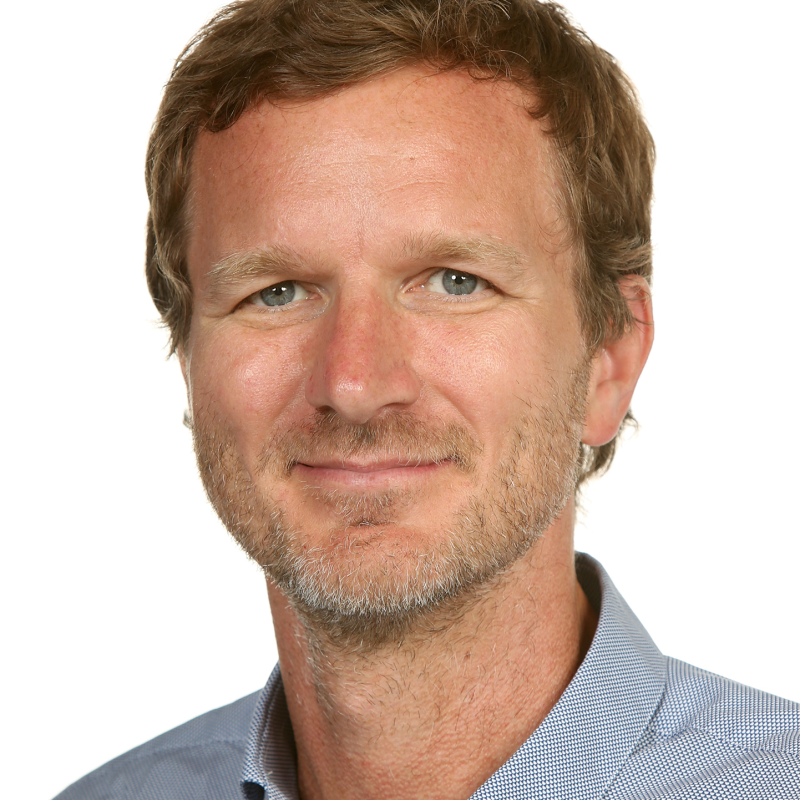Technology Platforms
Royce Technology Platforms are groupings of cutting-edge facilities and expertise. Each Platform has a Technology Platform Lead responsible for developing and enhancing the facilities and supporting related research activities which utilise Royce Equipment
Fibre Technologies
This platform enables innovative research for fabricating polymer and composite fibres for applications such as separation and filtration and batteries or hydrogen storage, and accelerating their industrial exploitation in the smart textiles, aerospace, automotive and health sectors.
Bioelectronic interfacing & Electronic Characterisation
Coming Soon
Materials Development for Multidimensional Printing
Coming soon
Bioprinting
The Bioprinting Technology Platform is a national, open access facility that houses collaborative academic lab space and state-of-the-art equipment for production, testing and characterisation of 3D human tissue/organ analogues.
Dynamic 3D stimulus & biomechanical evaluation
Coming soon

















